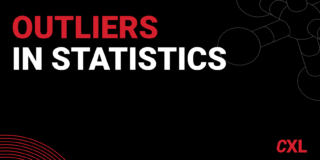Statistical Power: What It Is and How To Calculate It in A/B Testing

Years ago, when I first started split-testing, I thought every test was worth running. It didn’t matter if it was changing a button color or a headline—I wanted to run that test.
My enthusiastic, yet misguided, belief was that I simply needed to find aspects to optimize, set up the tool, and start the test. After that, I thought, it was just a matter of awaiting the infamous 95% statistical significance.
I was wrong.


